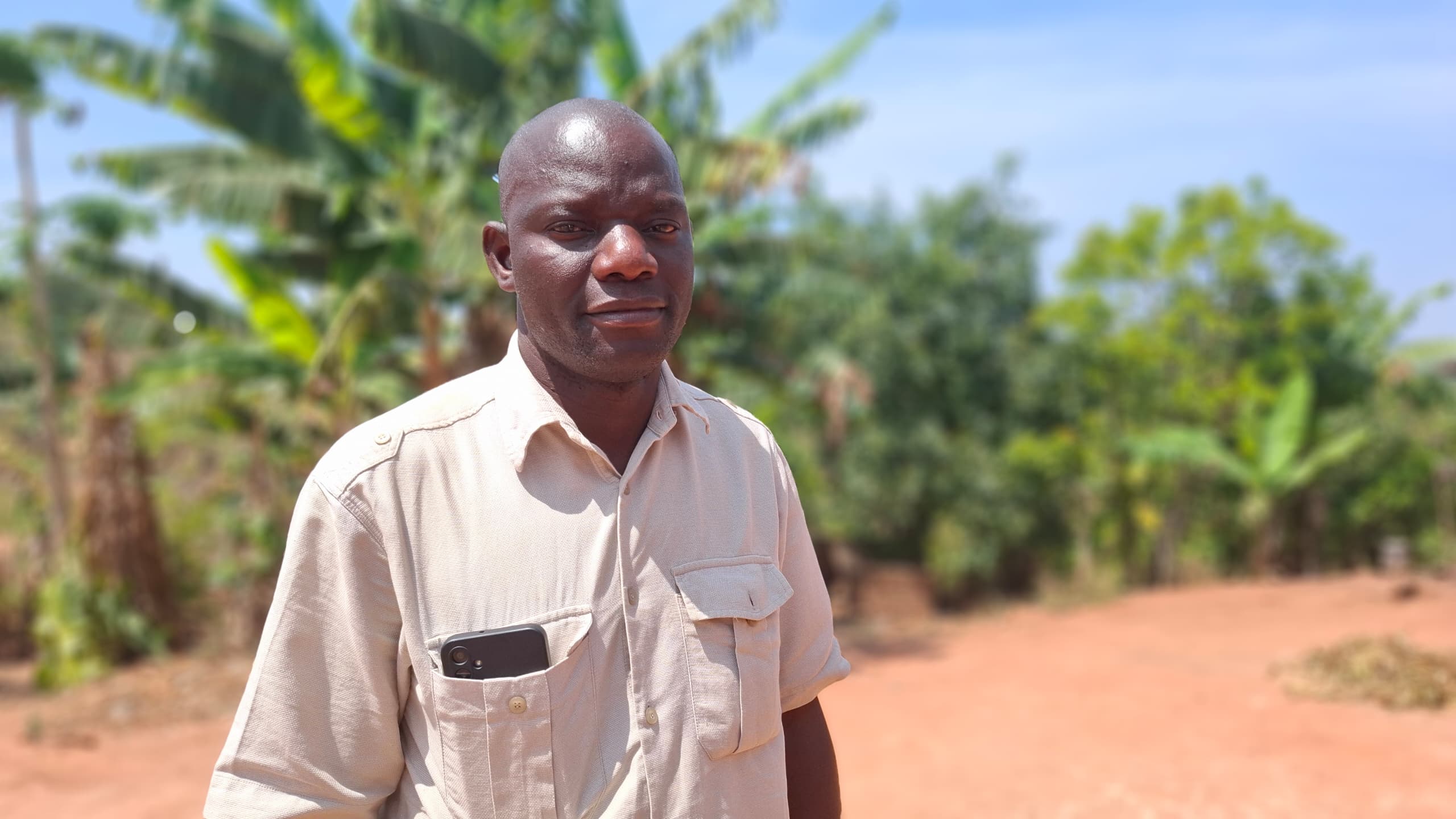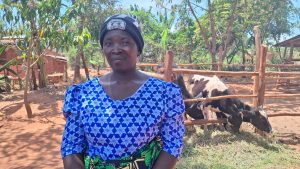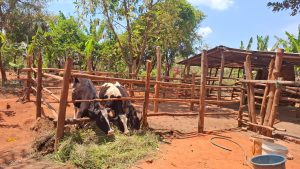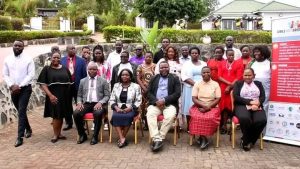Malawi’s Dairy Sector Thrives: Smallholder Farmers Lead the Charge

By Draxon Maloya……
Mzuzu: Malawi’s dairy sector is experiencing remarkable growth, fueled by increased milk production, a rising number of dairy farmers, and enhanced processing capabilities.
This progress is especially evident among smallholder farmers, who are embracing new technologies and innovations to boost productivity and improve household incomes.
The Centre for Agricultural Transformation (CAT) has been instrumental in driving this transformation, directly supporting over 80,000 smallholder farmers and reaching an additional 860,000 indirectly over the past six years.
With funding from Global Action to End Smoking, CAT has delivered a suite of agricultural technologies, extension services, market access, and financial support. It has also backed more than 30 agribusinesses with grants to connect smallholder farmers to solutions, including market linkages and financial services.
CAT Communications Specialist Mike Chipalasa emphasized the impact of technology adoption, particularly solar-powered equipment.
“Investments in solar-powered water pumps and milking machines have significantly increased farm efficiency and productivity,” said Chipalasa.
He further noted the role of collaborative efforts:
“With support from Global Action to End Smoking, in partnership with government and NGO-led initiatives such as the Agricultural Commercialization Project (AGCOM), matching grants and resources have been provided to farmers and cooperatives. This has led to an increase in dairy animal numbers and improved milk production.”
Gilbert Banda, Executive Director for Muliko Livestock Services, praised the growing participation of smallholder farmers in the dairy sector.
“More smallholder farmers are engaging in dairy farming due to its profitability, leading to a surge in active participants,” Banda said. “Urbanization and rising demand for milk and milk products are creating a strong market pull for dairy farmers in Malawi.”
Lead farmers Chinwemwe Qongwani of Dumisani Qongwani Village under Traditional Authority Kampingosibande, and John Ndhlovu, a registered member of Lusangazi Dairy Cooperative, acknowledged the sector’s positive impact.

“We’ve seen significant improvements in income, productivity, and market access, which are translating into better livelihoods for dairy farmers,” said Qongwani.
Ndhlovu added: “Improved processing capacity—through investments in storage, pasteurization, and packaging machines—has contributed to the growth of farmer groups and cooperatives. These are supported by projects that provide tools and resources to enhance operations.”
Despite the progress, challenges remain. Climate change continues to pose threats, with extreme weather events such as cyclones disrupting pasture supply and livestock health, potentially reducing milk output. Additionally, while formal processing is expanding, a substantial portion of domestic milk is still sold directly to consumers, limiting formal market integration.

Meanwhile, industry stakeholders are calling for sustained investment to maintain momentum. Key priorities include post-disaster recovery strategies, advanced storage technologies, and access to improved livestock breeds—all essential for long-term food and livestock security.








